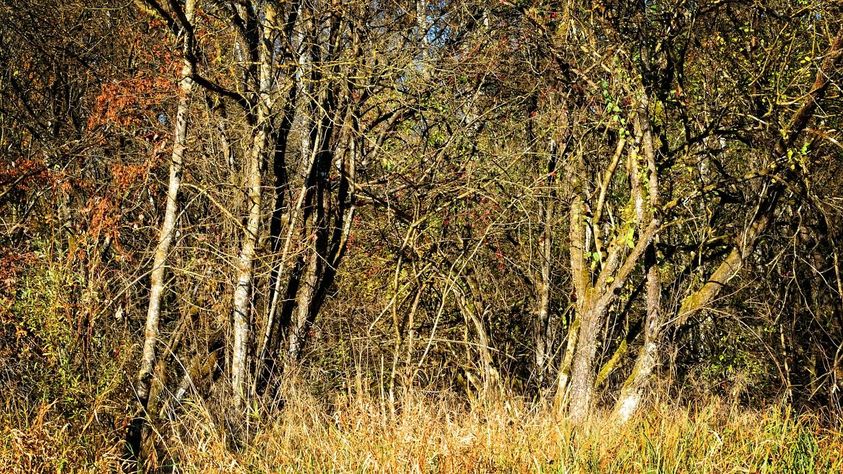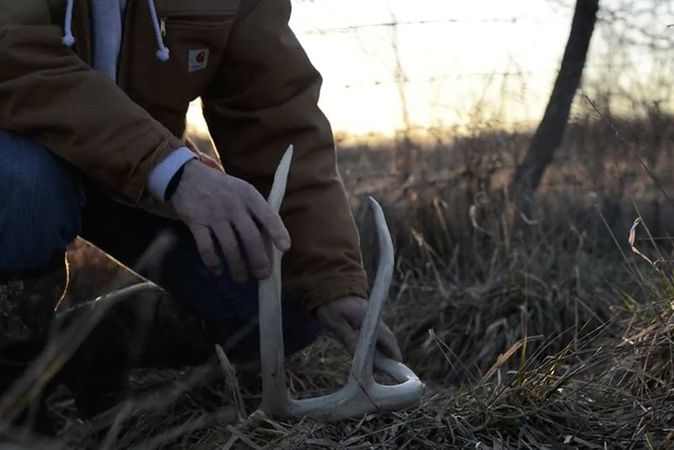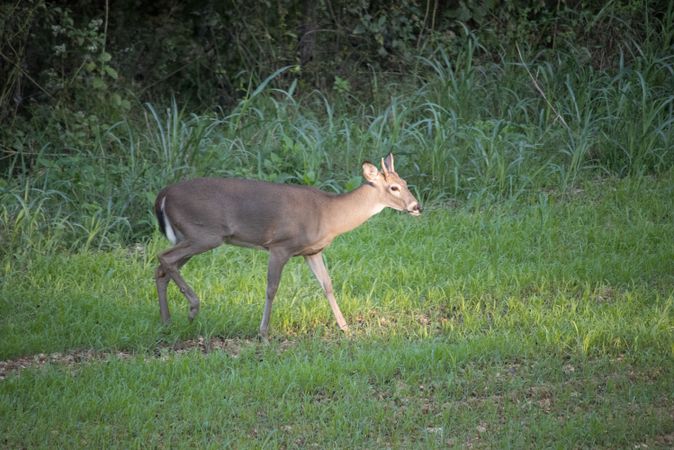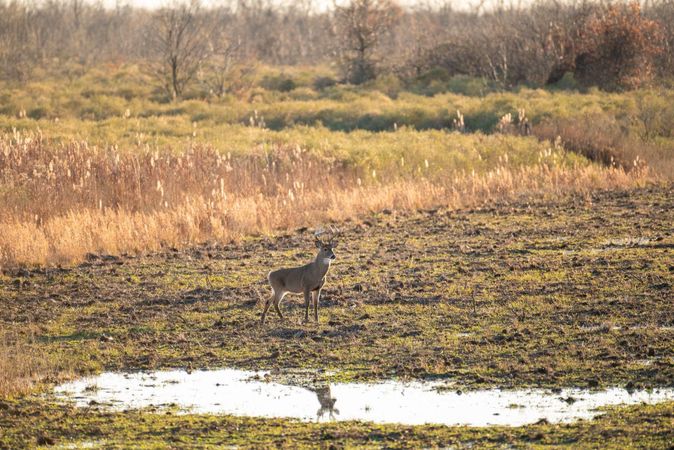A lot of hunters also use their land for recreational purposes like riding ATVs, hiking, working bird dogs or hosting parties. That is fine. But if you’re serious about attracting and holding big bucks, then the first item on your list should be creating a sanctuary that humans or pets never enter.
A lot of us plan for the elements of food and water to attract deer by planting food plots, establishing mineral licks, digging ponds, etc. But through all this hard work, one thing is not extremely apparent; and that’s the need to leave some of the natural habitat to allow deer a place to escape, relax and feel safe.
We see many properties that have been groomed with a fine-tooth comb. It looks very nice, but if you’re trying to attract the whitetail deer hunter as a potential buyer, there needs to be proof that deer actually live on the land and don’t just pass through.
Depending on the acreage, a sanctuary could be as little as 20 percent of the property or as much as 80 percent. That said, there are two kinds of sanctuaries. One is the thicket that nobody hunts because it’s hard to get to, can’t hang a stand-in and has poor visibility. The second is one the landowner or deer manager consciously creates.
The latter is a key ingredient to keeping native bucks on your property, meaning young bucks that grow accustomed to the area; maybe they’re born there. They will likely stay on the property as long as they are not pressured to leave by older deer or hunters. These sanctuaries also serve to protect the bucks that your shoot-anything neighbors would probably kill without thinking twice about it.
Establish Ground Rules
The sanctuary does not get hunted, period. You can’t allow yourself to make exceptions because then it will be easier to do so the next time and even easier the time after that. If you’re going to hang a camera, make sure it's placed on the perimeter of the sanctuary and is super easy to reach.
Go Deep Into the Interior
Obviously the bigger the area you can provide, the better, especially in the interior part of your property that is void of roads where anyone driving by can clear the area out of all wildlife. Plus, designating a sanctuary in the dead center of your property allows you to hunt the perimeter. Setting up a stand or shooting house in between the sanctuary and a food source is totally acceptable as long as you aren’t giving your scent a chance to enter. Only hunt near the sanctuary if the wind is absolutely right.
More is Better
We talked about young bucks getting forced out by older, more mature deer. But instead of them leaving the property completely, why not let them retreat to another sanctuary within your fence line? If you have the space to create multiple areas, we’d strongly encourage you to do so. Plus, once the rut begins and does are constantly bird-dogged by bucks, they will look for alternate thickets to escape, partially unaware that a buck is still likely to follow them there.
An absence of human activity is really what defines a sanctuary. If you’re buying, selling or managing a deer hunting property, the safe haven you create is the most important things to hanging quality deer heads on the wall.
Take away food plots and watering systems. There are all kinds of browse and natural forage in the woods. Even rivers and farm ponds for them to get a drink. The one thing you cannot take away and still expect to kill mature bucks is a place for them to feel safe that is void of any human activity. If your hunting property also serves as a place for family fun, that is absolutely great. All we’re saying is that old bucks have zero tolerance for humans and will leave the area for good as soon as they feel your presence.







